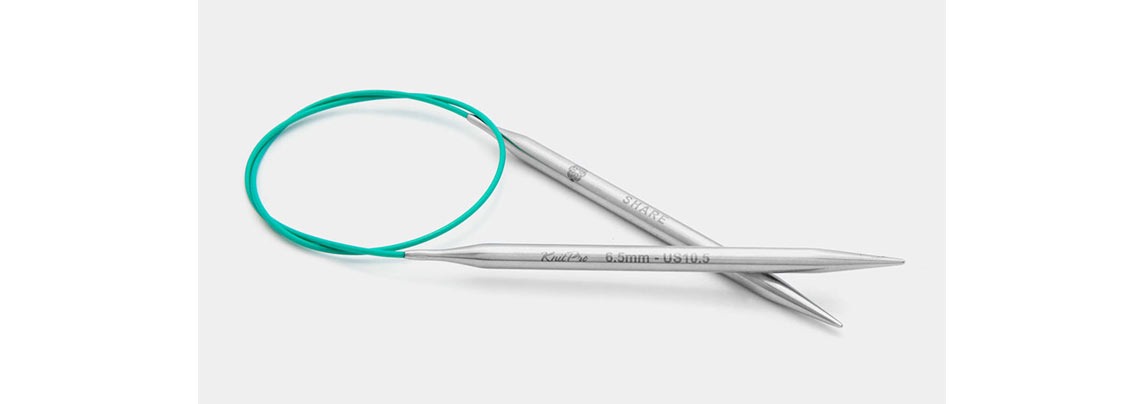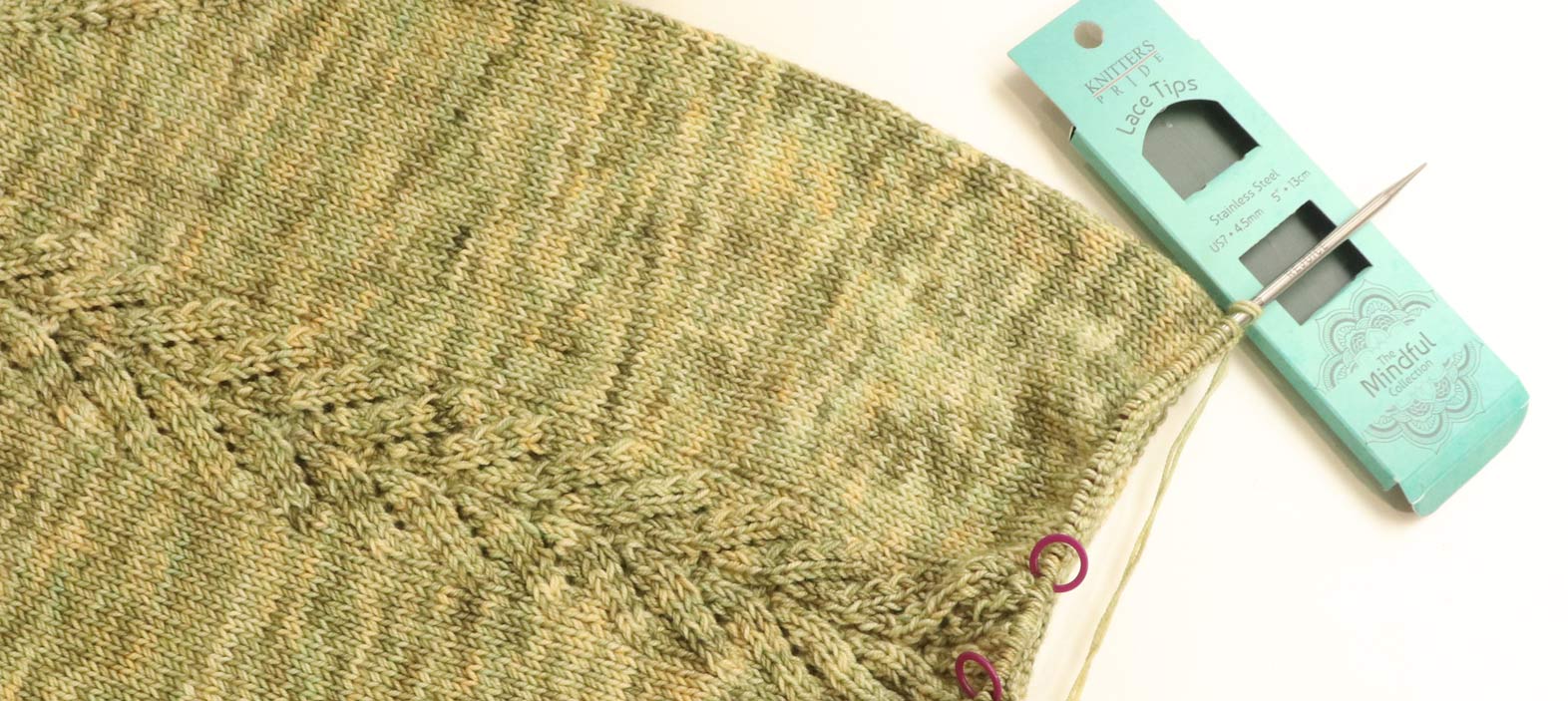Sweater Sleeves can be enjoyable to knit. They knit up quickly. Once you have them off the knitting needles, you have a sweater ready (assuming you have knitted the body of the garment before) for you or a loved one. However, there are some knitters who find sleeve knitting intimidating, It doesn’t have to be since there are many ways to knit them. We hope that those knitters will find this sleeve discussion helpful.
Knitting Sleeves: The various ways
Sleeves are considered a “separate” part of the knitting project, as measurements, methods and stitches may differ from the rest of the sweater. If you follow a sweater pattern, you have the instructions for knitting the sleeves in hand, but if you are planning a self-designed project, then you need to decide some things beforehand.
The good news is that you have options. You can knit them flat, and seam them into the rest of the body. Another method is to knit each sleeve, in the round, by picking up the sleeve stitches from around each armhole. If you have knitted the body straight back and forth, in rows, you can still take up circular knitting for the sleeves. You might use the same circular knitting needles that you used for the rest of the project or use a smaller circumference circular needle for the sleeves. One thing you must have is the same size stitch gauge or the sleeves will not fit the body properly.
lat Sleeve Knitting: If you decide to knit the sleeves flat and seam them, take care to remember a few important facts: After they have been seamed, they are turned right side out, and the sleeves are inserted into the armhole and then sewn into place on the inside – matching the seam sleeve with the underarm side or sweater side seam. Another reminder: Be sure to check your gauge. Having the same gauge as the sweater body is very important.
Knitting in the round: The method of circular knitting is wonderful if you feel confident in picking up stitches around the sweater’s armhole. You simply knit in the round, most often decreasing in width along the way, until you reach the cuff. Knitting the sleeves in the round is possible with:
- Double pointed needles – A set of 5 needles work together to form a seamless tube. Here you need to pick up the sleeve stitches with a specific number on 4 of the 5 double point needle and then knit them in the round utilizing the 5th needle.
- Circular needles – You can knit sleeves on circulars, either fixed or interchangeable needles. They grow fast, and since it’s a lesser number of stitches than the body, it knits quickly.
- Magic loop – This method of knitting in the round works well for small circumference projects. This is especially helpful when knitting sleeves for a baby or young child’s sweater.
Whichever needle type you use, just relax and breathe in and out while knitting.
How to Avoid Common Mistakes
Let’s look at some common mistakes and ways to side-step them. Knitting in the round presents some simple challenges. We say “simple” since they are not difficult to overcome – with patience. When you pick up stitches that were put on hold, as they may be in a top-down raglan sweater, you can end up with a hole at the point where the stitches are picked up.
Here's a good tip: Keep a lifeline, a piece of yarn inserted and lying flat between the stitches of the sleeves at the point where you begin to pick up. This way you will know where the pick-up begins and where you need to be careful to connect them as smoothly as possible.

Picking up the Underarm Stitches
Note: If underarm stitches were put on a holder while the rest of the sweater was worked on, you will now need to incorporate them into the sleeve stitch pick-up.
Picking up the underarm stitches can be done with patience and time. If using a circular needle, pick them up, one-by-one dispensing with any markers as you pick them up. (Double points can also be used for this, but if you are a beginner, maneuvering them can be a challenge. The trick here is to go slowly so that you do not lose the stitches or the DP needles do not drop out.
It’s often a good idea to pick up 3 to 5 additional stitches under the arm. This helps prevent or close any gaps, eliminates any unsightly holes and provides more stretch under the arm – a place where you don’t want it to be too tight.
A simple way to prevent an underarm hole is to cross stitches – reverse their order –where the join comes together. You can cross them to the right or to the left. Both ways are equally useful in preventing a hole under the arm where the stress is greatest.
Finishing sleeves properly is part of your knitting journey. Well-executed sleeves are the mark of a good knitter. You'll grow more confident with experience. Have patience with yourself if it takes a few tries. Try more than one way and see what suits you, the project and your knitting style. You may find it depends on the specific pattern you use so don’t forget to read the pattern instructions thoroughly. (Some knitters read a whole pattern through before they begin a project – much the way you might do with a recipe.












